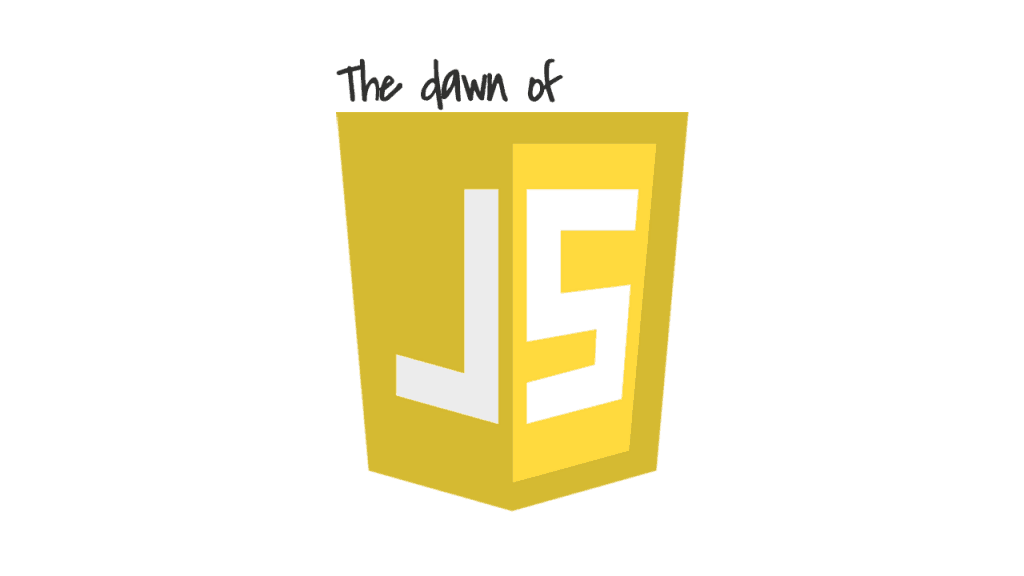Welcome to Part Three of our journey through time, where we’re learning how the Internet has evolved, and remembering the effect that it has had on our lives.
In Part Two, we relived the biggest revolution in the history of the Internet: the birth of the World Wide Web.
We ended in Christmas 1994 with Microsoft, Netscape, and Sun Microsystems all vying for the largest slice of this revolutionary new market.
Netscape had just launched the Navigator 1.0 browser, and it was beginning to enjoy popularity. It had also reached an informal agreement with Sun Microsystems to share product distribution and technology exchange.
As Sun Microsystems’ strength was Internet servers, and Netscape’s was the World Wide Web browser, both companies recognized they could complement each other.
In this part, we will see Netscape and Sun Microsystems pulling well ahead of Microsoft and becoming the dominant companies for the pioneering Internet technology.
1995
Microsoft begins the year planning to license Netscape Navigator and ship it with their new operating system, Windows 95.
However, Netscape’s new CEO, James Barksdale, is wary, and the proposals fall through.
Microsoft instead signs a deal to license from Spyglass Incorporated, and Netscape partners up with Compaq to sell PCs with Netscape Navigator pre-installed.
The Dawn of JavaScript
They call up Brendan Eich to get him to work with them again.
The main thing that attracts Brendan to Netscape is the opportunity to implement the Scheme language in the browser.
When he starts work, he hears that Netscape has just done a deal with Sun Microsystems to do Java in the browser, so the idea of doing Scheme in the browser was now in doubt. He works on HTTP 1.1 from April to May, and switches to the Netscape client team in early May.
He develops the Mocha engine, JavaScript’s prototype, in May.
In the pilot episode of the JavaScript Air podcast, Brendan Eich talks about when he first began JavaScript. (He doesn’t just reminisce about the past, however; he also talks about the present and future of JavaScript. You can either download it as an MP3 or watch the YouTube video.)
He jokes, “I created JavaScript in 1995 in a mad rush, and I am making up for it ever since!” He later humbly recounts, “There were clearly mistakes: I worked 10 days without much sleep,” adding “all languages have mistakes.”
When asked whether he knew it was going to be big, he said, “I knew it was important because timing is everything in life… I knew it was the right time and the right place… Perseverance matters.”
Although Mocha was influenced by Scheme, it wasn’t the original idea of doing “Scheme in the browser” that Brendan was so keen on implementing. The syntax of Mocha was crafted to look similar to Java, and the change of heart was mostly due to a deal Netscape was negotiating with Sun Microsystems.
Bill Joy of Sun Microsystems and Marc Andreessen of Netscape agree to the idea of including Mocha in Netscape Navigator, but their marketing department soon rename it to LiveScript.
The original JavaScript is to Java what Visual Basic is to Visual C++. It’s a more accessible and streamlined language redesigned for a wide audience, including designers and amateur programmers.
The Dawn of Java
On May 23rd, 1995 at the SunWorld Conference, Sun Microsystems launch Java 1.0. For the first time, small application programs can be sent directly between computers over the Internet and run directly inside a web page, even if those computers have different operating systems.
Java is immediately licensed by Netscape for inclusion in the next version of Navigator. The industry begins to speculate about whether this development will badly erode the profitability of shrink-wrap software suppliers such as Microsoft.
The Internet Tidal Wave
On May 26th, Bill Gates writes a long memo, marked as confidential, to his employees. The subject line is “The Internet Tidal Wave”, and he begins explaining that the previous 20 years were all about dramatic improvements in desktop computing power.
He imagines the improvements in next 20 years will be mainly due to better communication between computers, and that the Internet will change the world.
In Part Two we saw how J. Allard had begun to get Bill Gates to take the Internet more seriously. In this memo, Bill says he has “gone through several stages of increasing my views on its importance. Now, I assign the Internet the highest level of importance.” He proceeds to picture the Internet as “the most important single development to come along since the IBM PC”.
Bill summarizes the technology used in the Internet of 1995, and makes predictions such as 3D virtual reality shopping and socialization.
He credits NetScape and Sun for their achievements, along with Lotus and Yahoo, a company that was founded two months earlier and offered Internet searching.
Bill views Novell and their upcoming Directory Services product as a major threat. He also credits Sun Microsystems for UNIX-based technology, which is ahead of Windows NT in terms of support for the Internet.
Netscape is accurately described as a new competitor born on the Internet and Bill credits its browser for its market domination. Bill is frightened by the prospect of a future with low-cost computers built primarily for web browsing –– a future that would threaten the very survival of desktop operating system companies like Microsoft.
Envisaging a world where almost every computer is connected to the Internet, he sets a new course for his company to follow.
The strategy covers new initiatives on the Server and on the client. It also pursues the development of its own search engine.
Bill describes the future as a “new era”, and says “Developments on the Internet over the next several years will set the course of our industry for a long time to come.”
When the staff read this memo they could be left in no doubt: Microsoft was determined to play catch-up and win.
Literary Magic
While the browser war is in its infancy, another Internet technology company is created with a very bright future ahead of it.
Business entrepreneur Jeff Bezos decides to find a new name for his company after a lawyer mishears its original name “Cadabra” as “Cadaver.”
He opens a dictionary and flicks through. The word “Amazon” jumps off a page at him: a place that is “exotic and different” just as he wants his store to be. And the Amazon river is the biggest river in the world, matching his ambition to create the biggest bookstore in the world.
He launches Amazon.com in July and sells its first book, Fluid Concepts and Creative Analogies by Douglas Hofstadter.
The Gold Rush Begins
James Barksdale decides it is time for Netscape to go public, and he holds an initial public offering (IPO) on 9th August. It is the largest in history: at the close of trading, 38 million shares are bought, and the company is suddenly worth $4.4 billion.
At this moment, NetScape is enjoying historic success, and Microsoft has a mountain to climb if they are serious about triumphing in this emerging market, as Bill Gates stresses they are.
Throughout 1995, Bill Gates has been working on a new book called The Road Ahead which contains many predictions about what the Internet will turn out to be like.
What did he get exactly correct? What did he get completely wrong?
Join us in Part Four of this series, where we will be reviewing this book with the benefit of hindsight and gain a deeper understanding of the past, the present, and the future.


